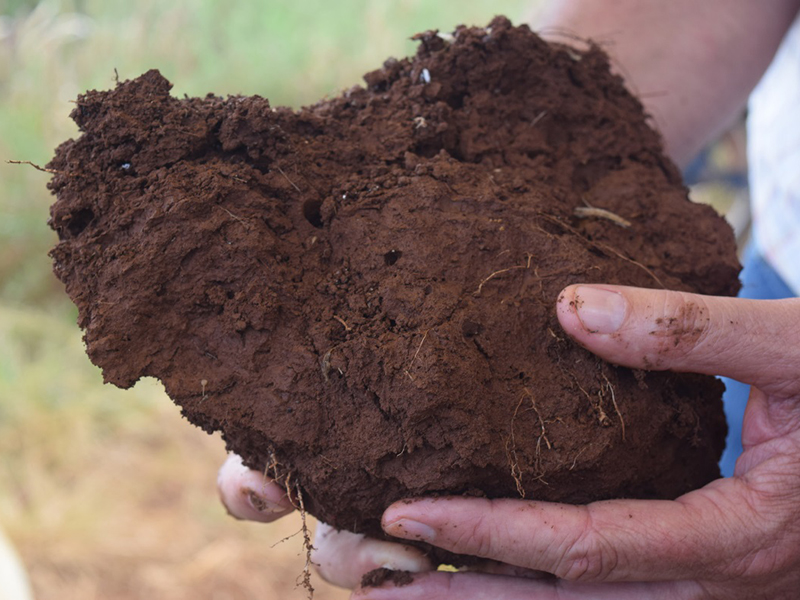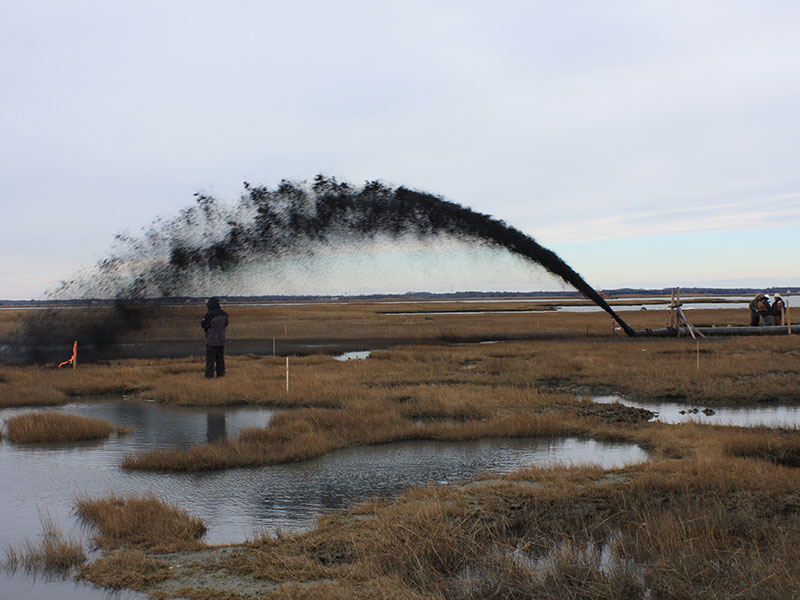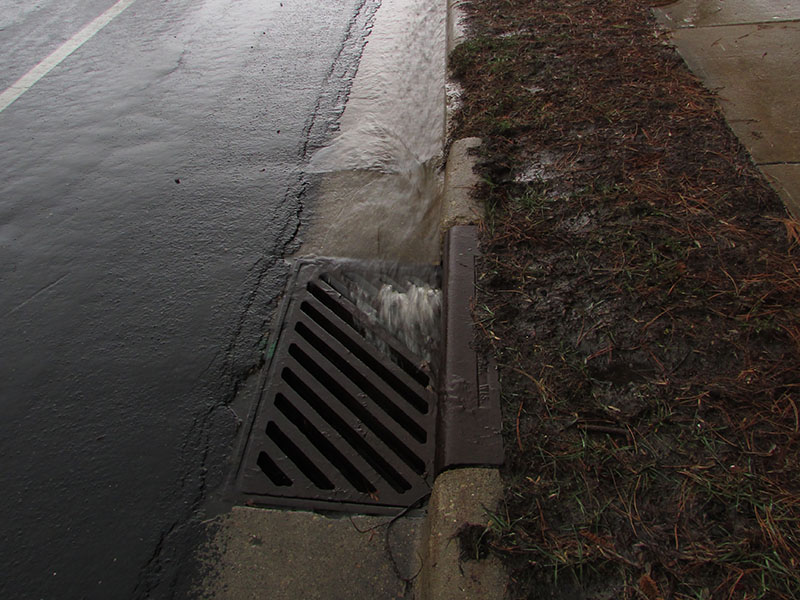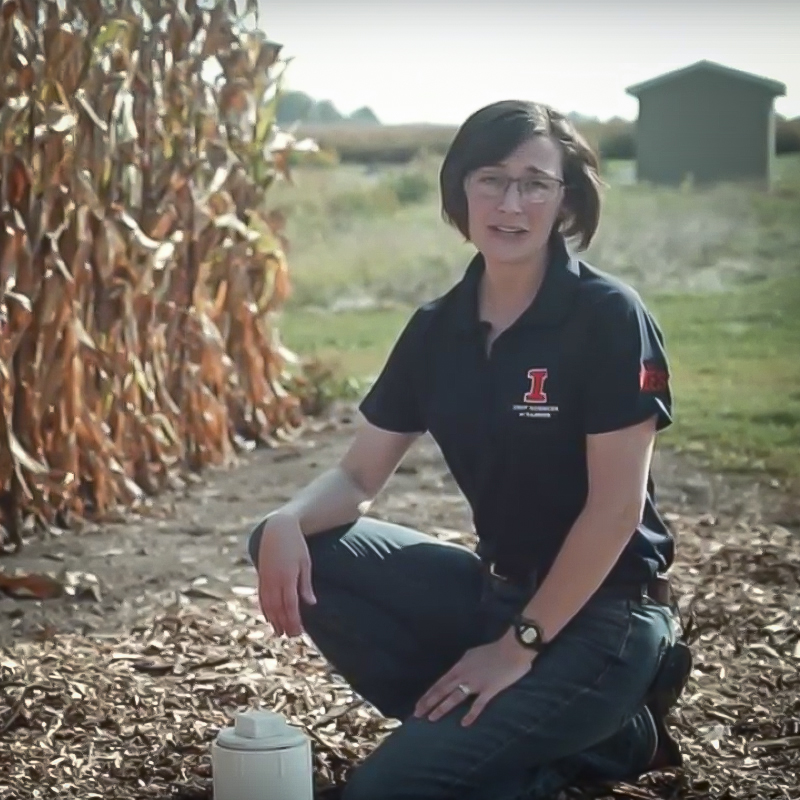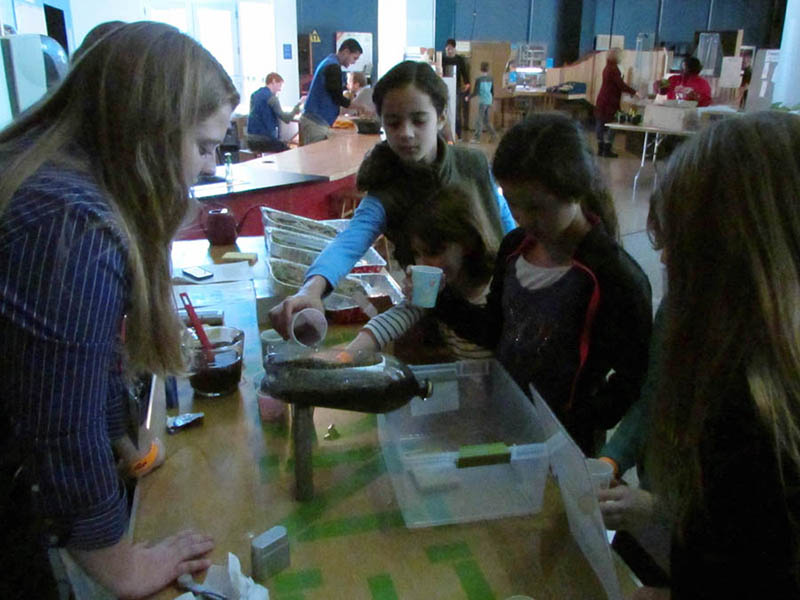Clean Water's Ties to Agronomic, Crop and Soil Science
Soils and Clean Water
One of the most important roles that soils play on the landscape is to filter rainwater and snowmelt. Soils act as physical, chemical, and biological filters for this water as it moves from the ground into surface or groundwater.
For this to happen, a raindrop must spend as much time in the soil as possible before it enters a water body. This helps dissolved sediments and chemicals in the raindrop to stick to the soil instead of continuing to travel with the water. When the Clean Water Act was passed, it set regulations to help maximize the role that soils perform to keep water clean.
The Clean Water Act particularly impacted how we think about and manage wetland soils. In fact, one of the three key criteria for defining a wetland is by looking at indicators in the soil. When the Clean Water Act set protections for wetlands, it sparked research focused on understanding wetland soils. Academic and government researchers, as well as certified professional soil scientists work in wetland research and improvement.
Crop science, agronomy and clean water
For the agricultural community, water and soil are both critical resources for growing food. Adding fertilizer to the field to improve yields helps to feed the growing global population. However, when that fertilizer gets displaced, it can cause problems.
Agronomists work on various techniques that allow farmers to use fertilizers in what are called “best management practices.” We describe many of those techniques on the next pages below. Many farmers also consult with Certified Crop Advisers to use these best practices.
Farmers also use pesticides to control weeds, diseases and insect pests. They must use best management practices for these, too, to keep them out of waterways. When overused or used incorrectly, pesticides and fertilizers have the potential to pollute waterways and damage ecosystems.
The Clean Water Act applies to the agricultural community, to guide practices that allow food production while avoiding harm to the environment, including our waterways.

